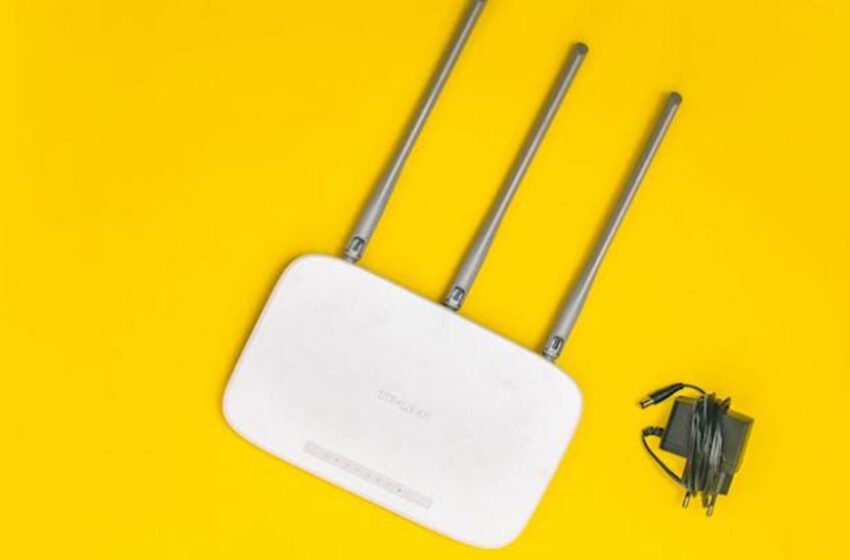5 Essential Tips for a Smooth Wi-Fi Installation at Home or Office

Whether you’re working from home, running a business, or just trying to stream your favorite shows without buffering, having strong and reliable Wi-Fi is more important than ever. But setting up Wi-Fi can feel frustrating.
If you want smooth streaming, steady video calls, and a strong signal throughout your space, you’ll need to take some basic steps to get your Wi-Fi set up the right way.
Here are some simple but essential tips to make sure your wifi installation goes as smoothly as possible, whether you’re setting it up at home or in your office.
Plan the Space Before Wi-Fi Installation
Before you even take your router out of the box for wifi installation by Windstream, take a moment to look around the space where you want the Wi-Fi to work. Think about where people will be using laptops, phones, or smart TVs. Wi-Fi signals can get weaker when they have to travel through walls or furniture. That’s why you want your router to be in a central spot, not hidden in a corner or stuffed in a cabinet.
Try to avoid placing the router near large metal objects or behind thick walls, especially concrete ones. These can block or weaken the signal.
Choose the Right Equipment for Your Needs
Not all routers are created equal. If you got the router for free from your internet provider, it might not give you the best performance. For homes or small offices with several devices connected at once, a better-quality router can make a huge difference in speed and reliability.
Make sure your router supports the latest Wi-Fi standards like Wi-Fi 6. These newer standards allow faster speeds and better connections, even when many devices are using the internet at once.
Secure Your Network from the Start
Once you’ve set up your router, don’t skip over the part where you set a password. Leaving your Wi-Fi open means anyone nearby can connect to it, use up your bandwidth, or even access your personal files.
Pick a strong password that’s hard to guess, and change the default network name (also called SSID). When you change the name and password, you’re making it harder for hackers to break into your network. Some routers also let you set up a separate guest network for visitors, so you don’t have to give out your main password.
Place the Router for Maximum Coverage
The location of your router matters more than you might think. If you place it near the floor, behind a TV, or inside a closet, the signal won’t travel very far. Try to place your router up high—like on a shelf or table—so the signal spreads more evenly.
Keep it away from things that can interfere with the signal. Microwaves, baby monitors, cordless phones, and even thick mirrors can mess with your Wi-Fi. The goal is to give the router a clear, open space so the signal can reach across your home or office without obstacles.
Run Speed Tests After Setup
Once everything is installed, don’t just assume it’s working perfectly. Run a few internet speed tests from different parts of your home or office to see how the connection holds up. This will help you figure out if there are weak areas where the signal is too slow.
If you notice big drops in speed in certain spots, that’s a sign you might need a Wi-Fi extender or mesh system. These tools can help fill in the dead zones and make sure your signal is strong in every room





